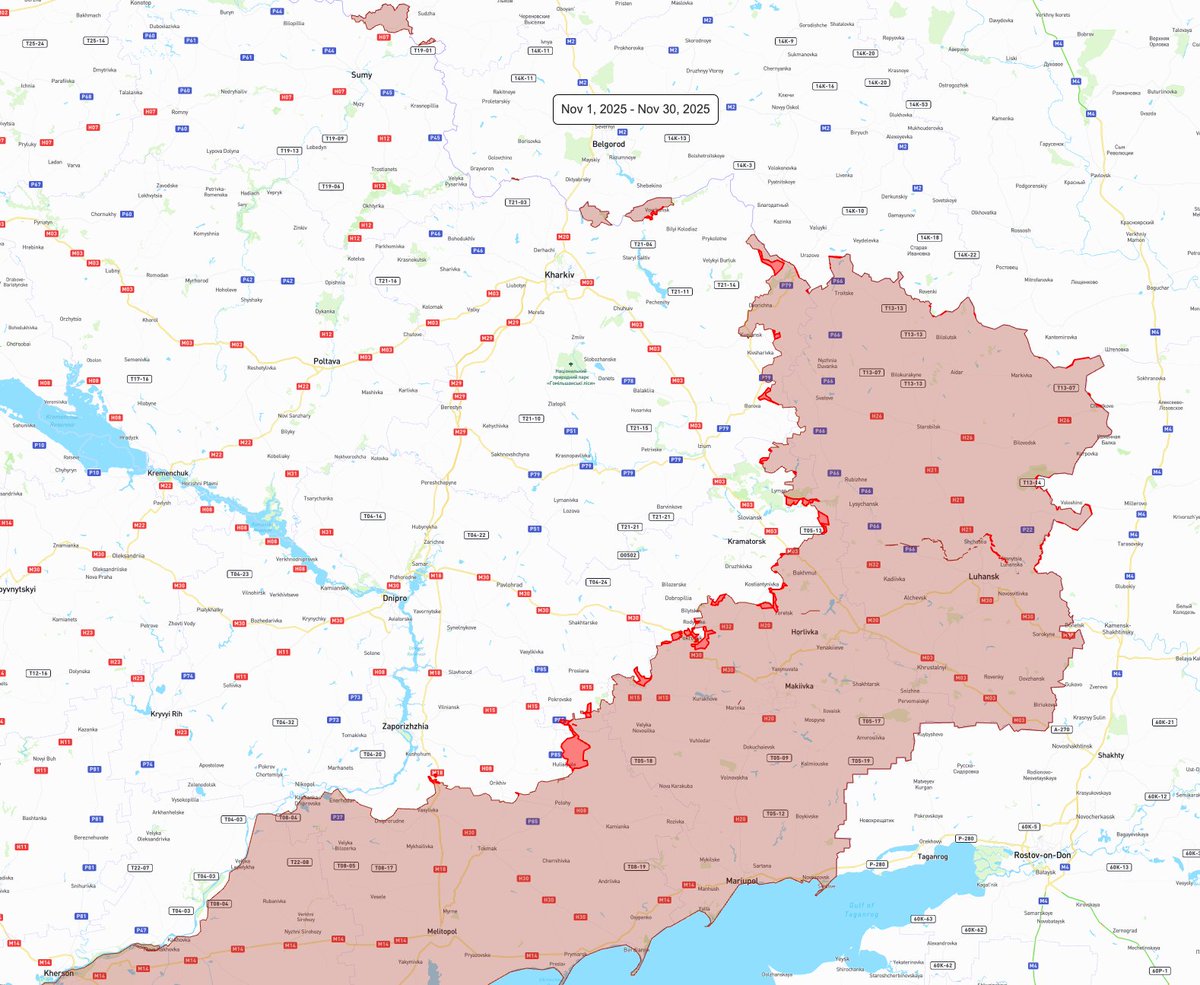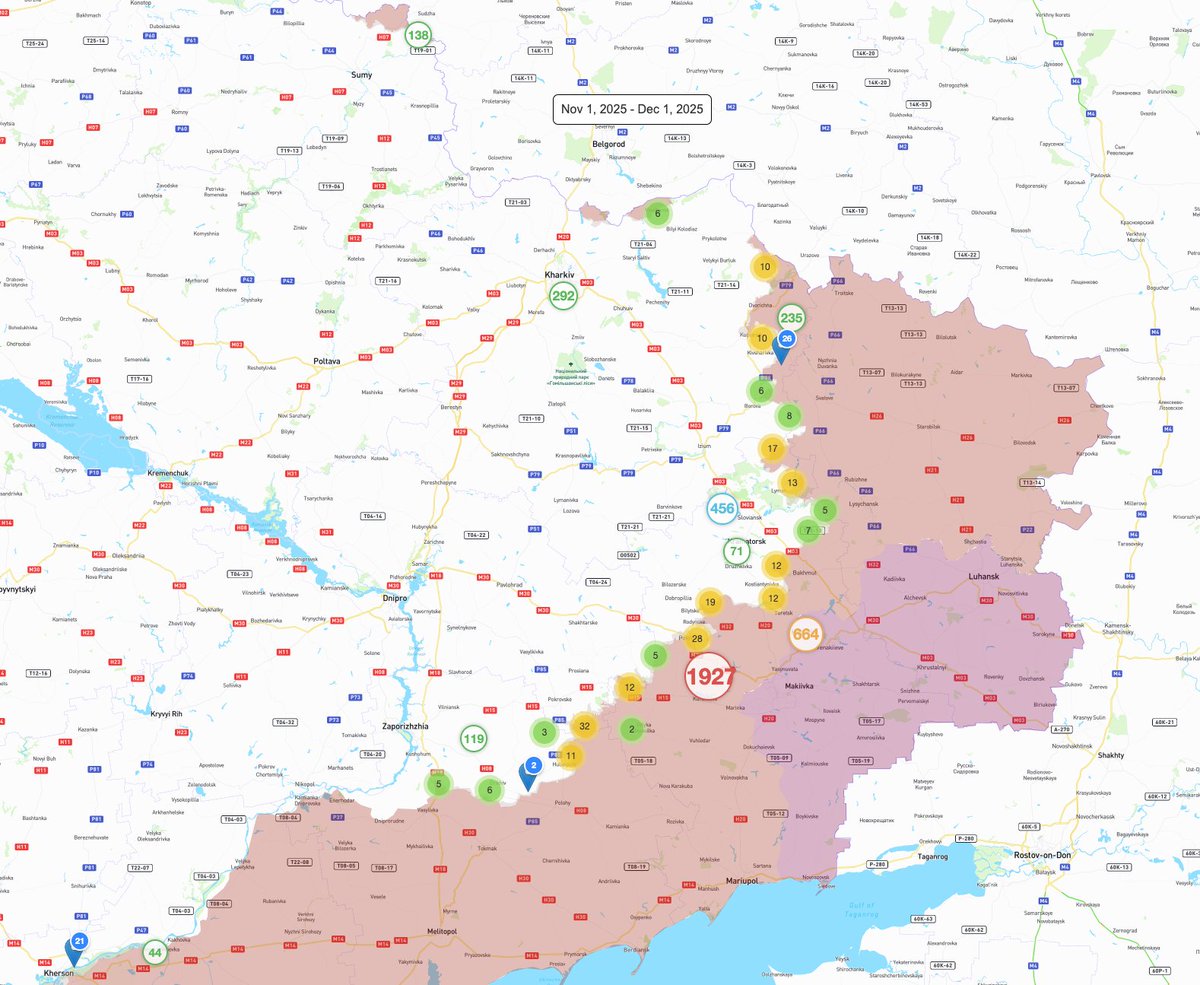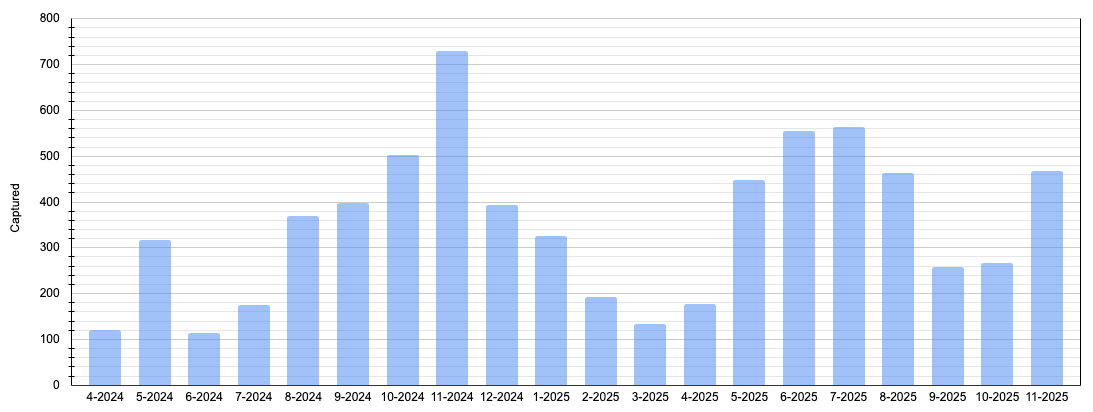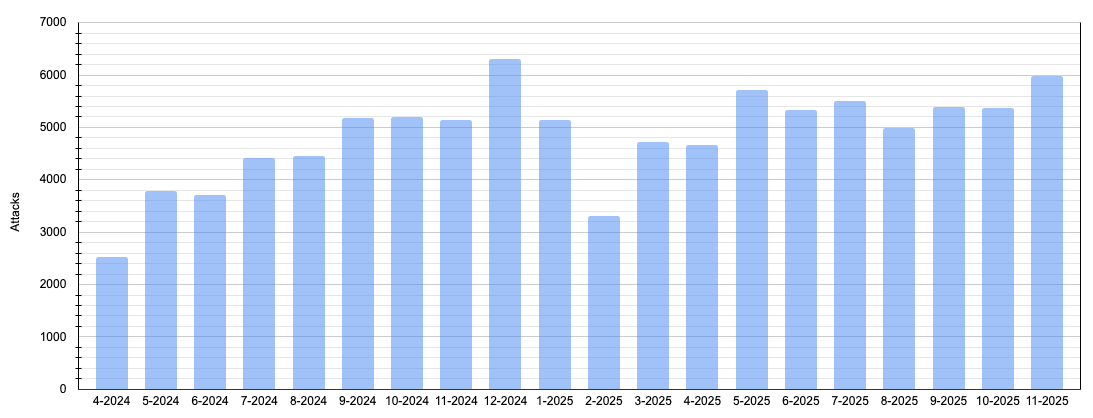Strikes in Kropyvnitskyi and Golovanskyi rayon.
This and neighboring Umanskyi rayon are out of power.
This and neighboring Umanskyi rayon are out of power.

2 strikes of energy facilities in Odessa region.
Emergency services are doing their best to repair the grid.
Emergency services are doing their best to repair the grid.

Just want to remind that a permanent member of UN security council with veto power is a terrorist,
because #RussiaIsATerrorristState
because #RussiaIsATerrorristState
18 missiles were intercepted
https://twitter.com/EspresoTV/status/1583742977855266816
• • •
Missing some Tweet in this thread? You can try to
force a refresh



























